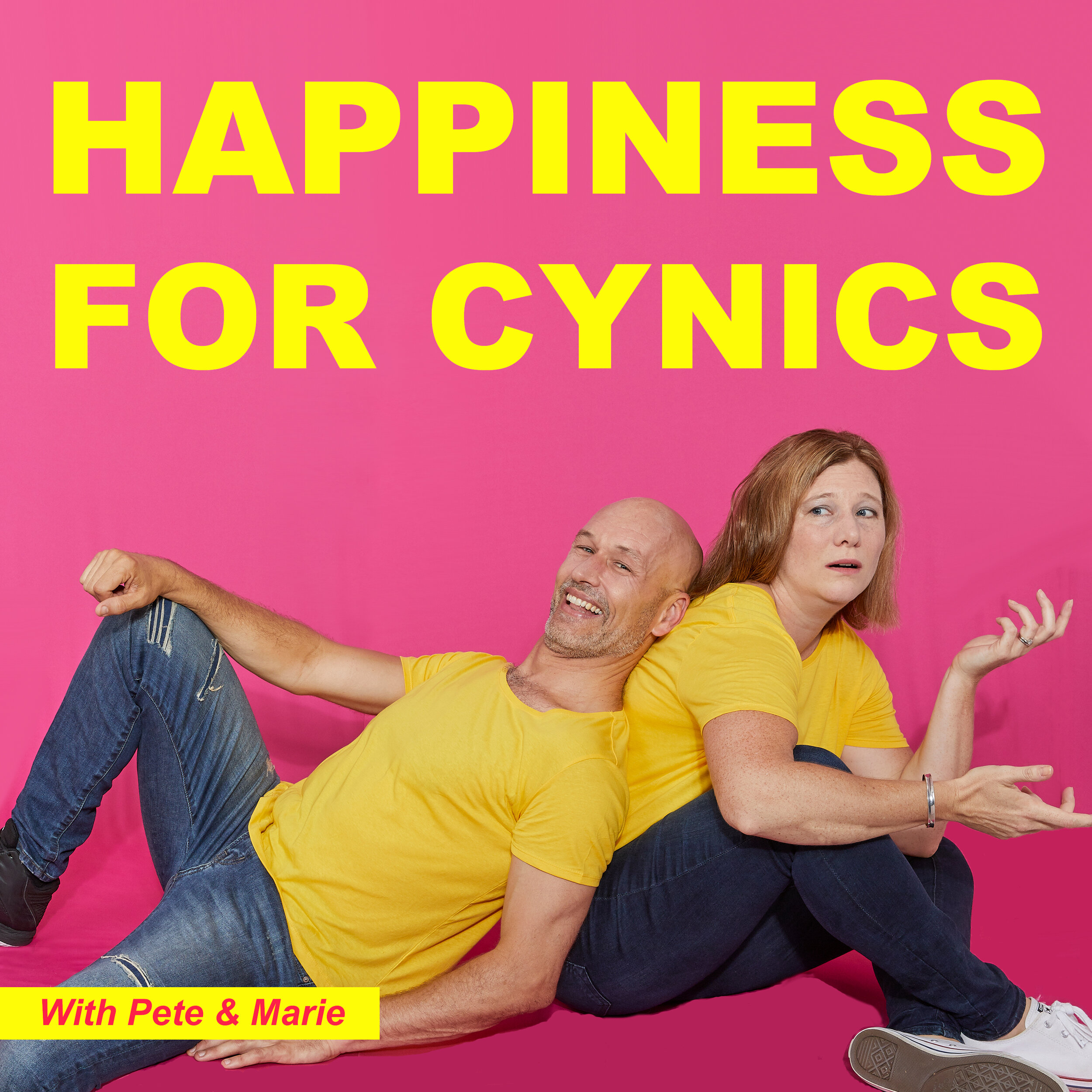I got some rather wonderful feedback from my series on Top 4 Movements to Master from late last year. Some thoughts were rather in awe of how on earth can those movements be achieved and also some interesting adaptations of the movements and attempts that thankfully were fun filled and didn’t result in any over-reaching. However, there was one response that I adored, and this was a claim that ‘there is no way I am ever going to be able to get my body to do those movements, so do you have another series that might be more appropriate for someone who has never really done exercise in their life and only now seems to be making their way towards a very basic understanding of movement and exercise in their retirement years’.
I loved this response. It made me smile and think back to my days of when I first began teaching contemporary dance to a group of Tuesday night non dancers in our ‘community class’ in Brisbane. I came in all guns blazing and doing pirouettes and lunges, flips and fast combinations of steps and my class stood there with bamboozled expressions and sweaty bodies and heaving chests… all of them wondering how on earth they ended up with this nutter of an instructor who keeps throwing complex technique and movements at us when we are really only up to still practising a basic waltz rhythm across the floor.
I was always an eager beaver when it came to instructing and my lovely wonderful beginners were always thrust very deeply into the deep end of the movement pool. I always figured that we start with the big movement and we work backwards. We show what the ultimate goal of the movement is, and then we begin where we can and work towards it. It worked a treat when we had a class of 20 early teenage boys in Cornwall in the United Kingdom, all of them rambunctious lads with hormones raging and a vast variety of movement skills, bodies, abilities and talent. The one thing they all shared though, was a willingness to throw themselves into the task at hand - LITERALLY. They would commit their bodies to these movements with absolutely no regard for physical welfare as young persons without fear tend to do. And yet in doing this, they began to teach their bodies how to achieve what was being asked of them. How to contort, how to control and more importantly, how to land and fall when they failed. But it was in these falls and failures where the real interpretations came about. Each fall got better. Each failure gave them a better understanding of where their body was in space and if they could just get their hip above their foot they would achieve - ‘balance’.
The point of all this reflective dance instruction is that movement is something we learn and let’s not forget the title of the series - ‘MOVEMENTS TO MASTER’. So at times movement and exercises can be confronting, difficult, challenging and even frightening. Fear is interesting as when you are in fear of movement practice, it is often a great way to muster up all your energy and it even helps you to ‘prepare’ yourself more for what you are about to attempt. The point is movement can be challenging. And in these 4 movements that I quoted, I’ve pitched it high. I’ve given you the triple back twisting back flip, the quadruple lutz, the Simone Biles challenge of the functional movement routine… I have set the bar high.
And yet in setting the bar high, the aim here is to challenge. When my Movement Freshman come to me saying ‘how on earth do I achieve THAT’ I am reminded of my dancing days and being told to ‘break the movement down’. Find the elements of the movement and work on achieving the individual elements first and then we can start to connect them together or advance them further to the larger and more ‘spectacular movements’ I actually love to quote my own coach at this point and it’s a great saying.
REGRESS TO PROGRESS
By breaking movements down into their fundamental parts we can begin to identify where a weakness or an imbalance may be. This is the beauty of these 4 functional movements I have cited, they expose where we may have restriction or where we may lack stability. Take the handstand for example - not everyone can go upside down. not everyone can take weight in their arms, inverting their body even against a wall. Some cannot even begin to bear weight in their wrists… so this is where we start. As my Sports Doc handed me my set of 1kg weights when I had a shoulder injury and told me ‘ok - wrist curls’. If you can’t bear weight in your wrists, then we need to start there. We need to get you strong there so that you can begin to bear your weight upside down upon your palms.
The Turkish Get Up for example. Complex, convoluted, difficult and a myriad of hip extensions, rotations and flexions. But the sequence has basic fundamentals. If you were having difficulty for example getting from the hip extension one arm bridge to the lunge - why is that? Do you have the ability to flex your hip more than 90 degrees using one leg? Maybe not. Here is where you start. We get you hanging from a chin up bar and lifting your knees beyond 90 degrees flexion towards your hips. We perfect that part of the movement before we progress you onto doing that in a lunge to a standing position. Once we have harnessed that power, stabilty and function, maybe then we can give the TGU another go. Mastering a movement means breaking down the elements and focusing on what you need to work on to achieve the end result.
It’s a very yogic and basic philosophy. What can I achieve today? It is a question that you are encouraged in the yogic practice before you begin any movement. What am I capable of today? Yesterday I could do the splits up the wall - but today I can’t get my leg to 90 degrees. So today we work with 90 degrees. We don’t push beyond what our body is telling us it can do TODAY. But it is still practice. We still show up on the mat, we still sit and prepare for the class. We may have to opt out of the movement, but we REGRESS the movement to its elemental parts and work within what we can achieve. THEN we perfect that and begin to work towards the bigger movement once more. That journey can take months, years even. But we commit to the practice of perfecting it.
So when next you are faced with the challenge of a movement or task by your trainer, coach or physio (or wannabe movement aficionado massage therapist) , don’t be put off by the degree of difficulty of the apparent movement. See that as a challenge and something to build towards. See the big movement as the finish line and the best thing is that you can take all the time you want to get there. Not everyone who enters a marathon is aiming to finish first - most are just wanting to achieve the finish. Work towards the bigger move and the difficult pose and eventually, you WILL get there.
“It doesn’t matter how fast your speed - forward is forward”



